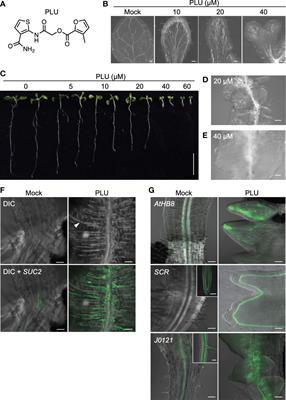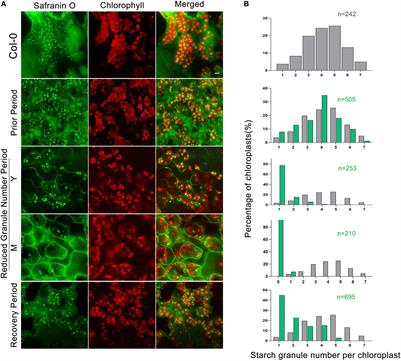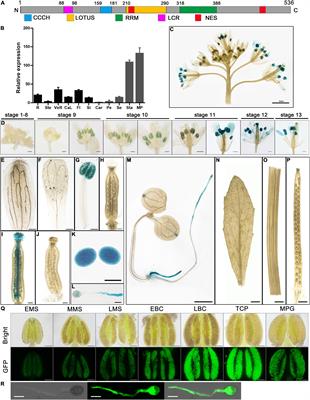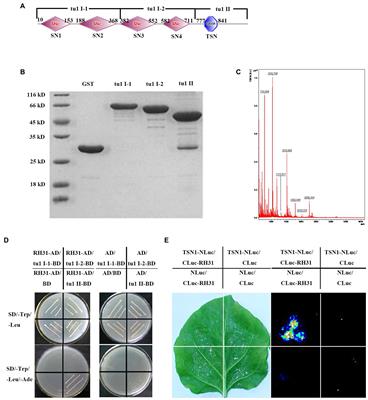ORIGINAL RESEARCH
Published on 08 Mar 2023
Identification of a pluripotency-inducing small compound, PLU, that induces callus formation via Heat Shock Protein 90-mediated activation of auxin signaling

doi 10.3389/fpls.2023.1099587
- 4,217 views
- 2 citations





